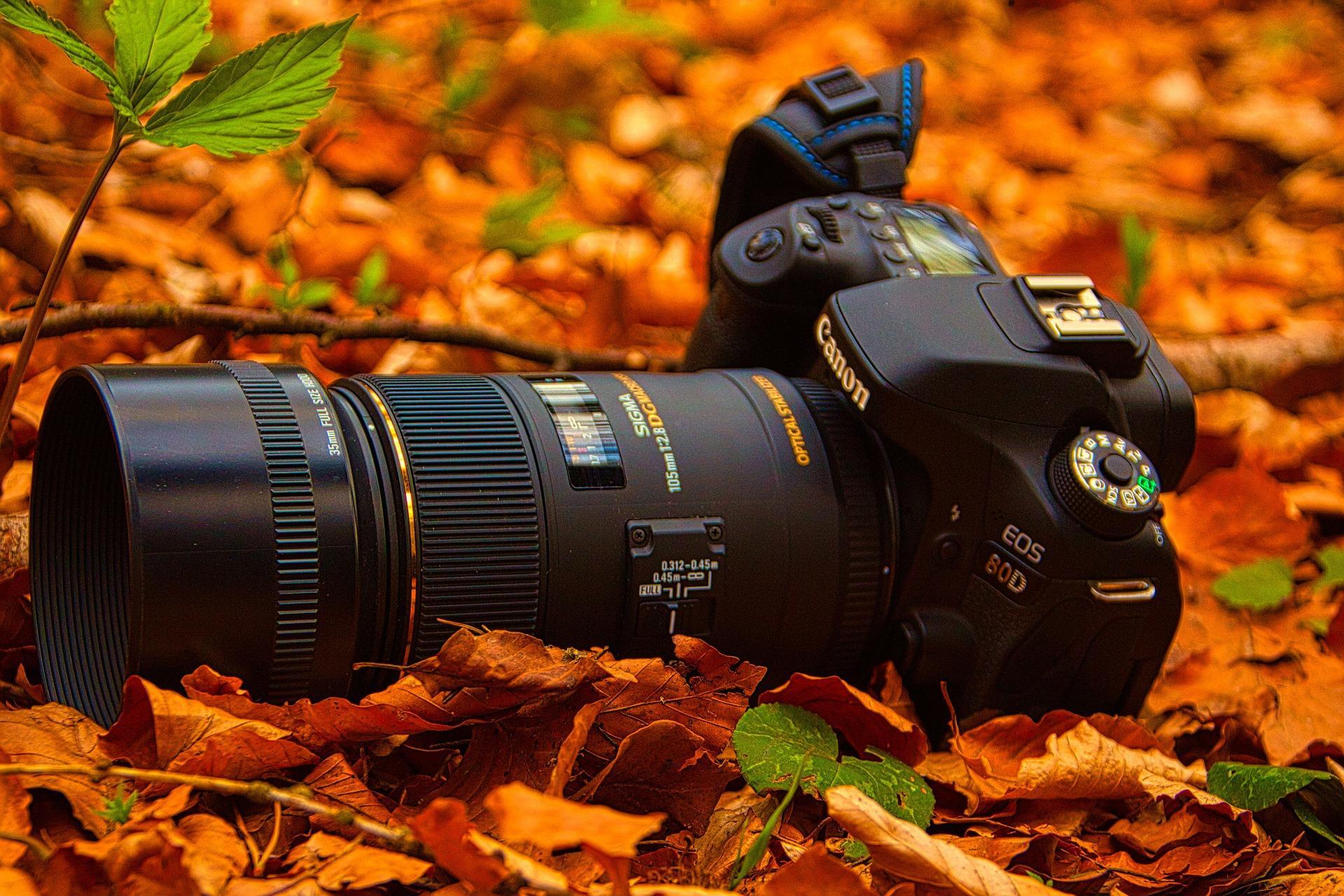The camera can film my face but until it captures my soul, you don't have a movie. Al Pacino
Cinema is one of the most popular forms of art. Whether it is to escape or invoke emotion, film has a wonderful way of making people laugh, cry and feel.
You need not be a big-budget film director to achieve this either, there are many types of videography styles for amateurs that can be emotive, entertaining or informative.
If this sounds like you, you may be wondering about the best videography cameras out there. Or, you might know by now that you could invest in a device that does both photography and videography in one.
In this article, you can find out more about cameras for videography depending on the styles of videography you are interested in pursuing.
Firstly, you’ll need to know more about the different types of digital cameras out there. For instance, there’s a difference between compact, hybrid and single lens reflex cameras.
As a beginner in photography and videography, you will need a camera. That said, with so many different makes and models on the market, it can be difficult choosing just the right one. For example, there’s a difference between DSLR cameras and the type of compact, or point-and-shoot, that you would take on holiday with you.
Interestingly, the gap between these for both videography and photography gets smaller every year.
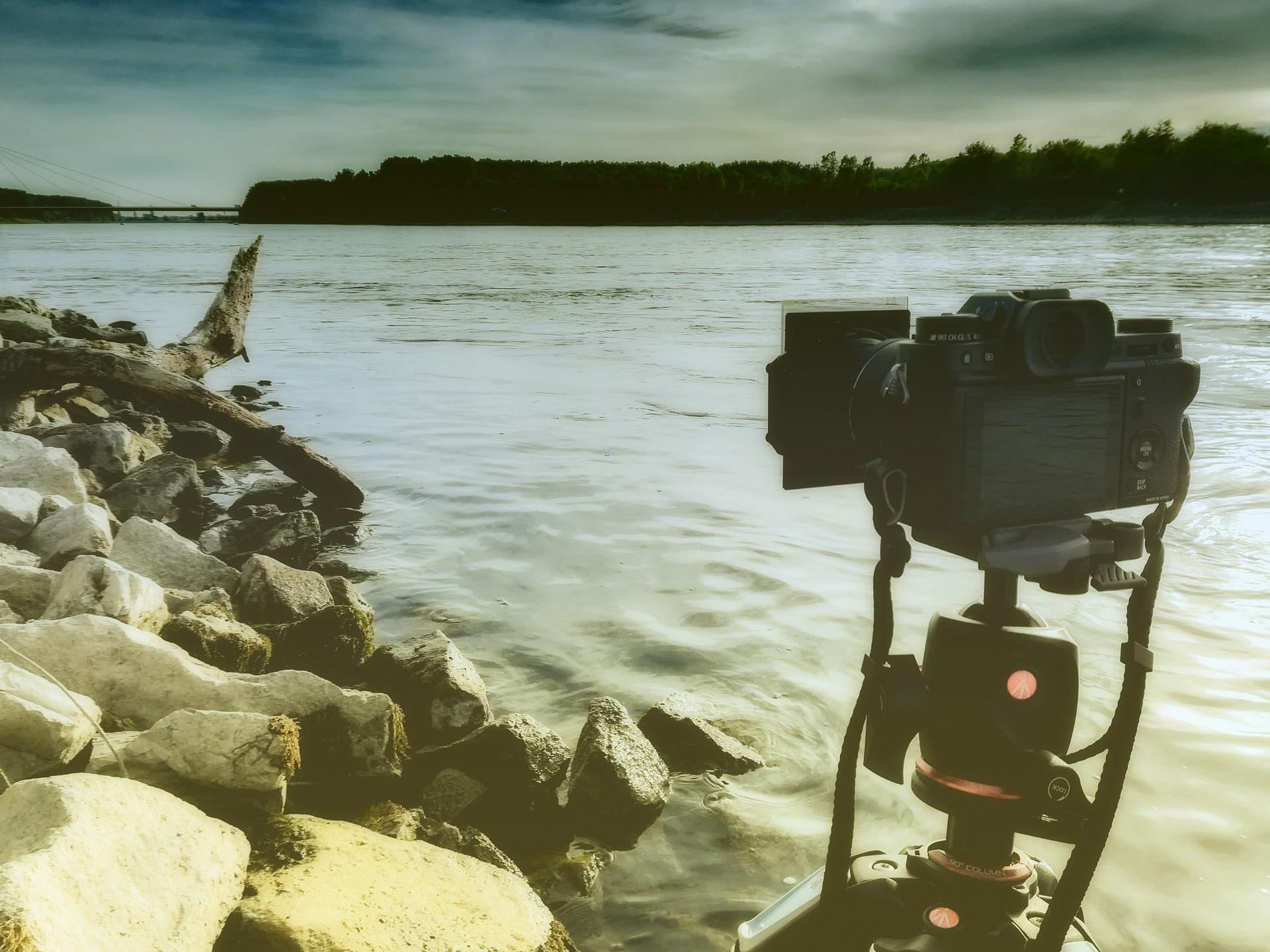
There are four main types of digital cameras and understanding the difference between these will help you make a choice based on the types of videography styles that interest you.
A DSLR (or digital single lens reflex) is generally preferred by professionals and serious amateurs because of its superior image quality. DSLR cameras have larger bodies that work with different accessories and interchangeable lenses to improve quality and achieve different looks.
Wide-angle and telephoto lenses, as well as flashes and external microphones, are some popular extensions for cameras for videography. One thing to note is the importance of mirrors in digital single-reflex cameras. The mirror, which reflects the light from the lens onto the camera’s sensor, allows the user to see what the sensor sees.
Hybrid cameras, on the other hand, don’t have a mirror and the image is retransmitted straight to the camera’s sensor. The viewfinder will only show a representation of what the sensor picks up and because there is no mirror, hybrid cameras are generally smaller than DSLRs.
One of the biggest differences between hybrid and reflex cameras is how they are able to capture light. One important similarity however is that both hybrids and DSLRs can interchange lenses which is not possible with bridge cameras.
While bridge cameras have better lenses than compacts, they are falling out of favour for both photography and videography since the quality of compacts has improved.
When it comes to ergonomics, a bridge camera is closer to a DSLR and is often the choice for amateur videography and photography.
If you need something that fits in your pocket and that you can easily access on holidays, then the best videography cameras are compact ones. In recent years, they have become even more impressive and comparable to entry-level single-lens reflex cameras. Many would argue that it is better to have a quality compact camera than a DSLR body with a bad lens.
Another major difference between cameras for videography and photography is the size of the sensor.
For both photography and videography, the sensor is the heart of the device.
Reflex cameras have large sensors that can easily capture light in low-light environments which is why DSLRs are still considered to be the best videography cameras.
Until more recently, single-reflex cameras were the only cameras to include full-frame sensors. The Sony Alpha 7, however also has a full-frame sensor.
Check out our tips for shooting film with cameras.
Want to give private lessons?
Join the Superprof community and share your knowledge with inquiring and motivated students.
Cameras for Different Types of Videography Styles
The camera you choose should depend on the types of videography styles you want to pursue. Knowing the pros and cons of these can be helpful.
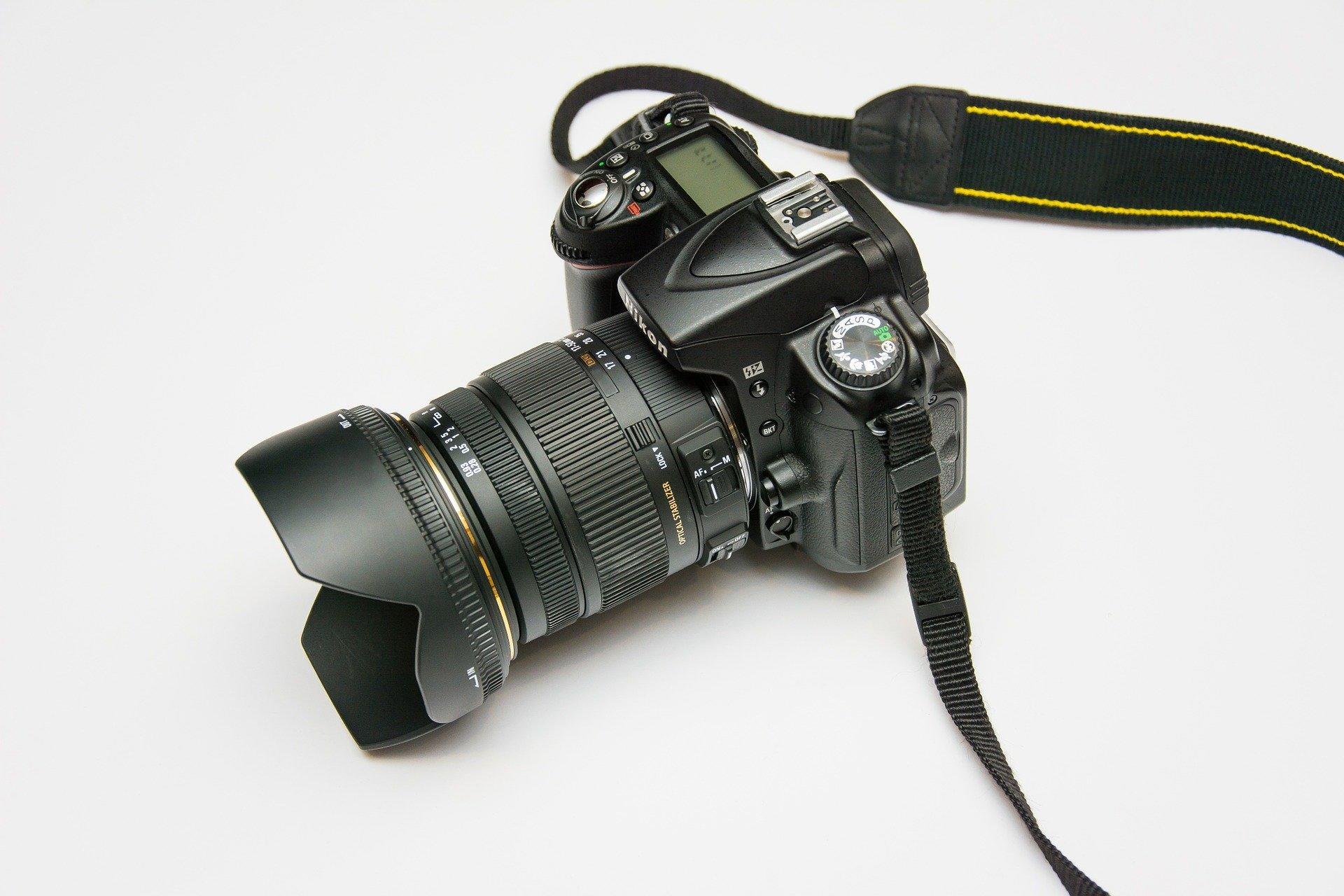
The sensor is the main reason behind the quality of images for both videography and photography cameras. Besides the sensor, it is also important to have the right lenses which are essential for quality.
Again, it depends on the types of videography styles that interest you. If you are shooting nature documentaries, then big lenses will be cumbersome and difficult to lug around. You may want to consider a few different lenses of variable focal lengths.
A 35-70mm lens is considered a good standard focal length that can achieve both wide angles and portraits. Remember that to shoot a professional-looking video, you will want to avoid zooming while filming.
In searching for cameras for videography, you may want to consider one with a fixed lens. These may be the best videography cameras because they allow you to focus on framing rather than zooming. Also, fixed lenses boast apertures as wide as f/1.8 and f/2 for shooting in lower light conditions.
In searching cameras for videography, always pay attention to the weight of the camera body as these on their own, can be quite heavy. When a big lens is attached it is even harder to wield. A kit such as this can be difficult to operate for snapping holiday pics especially because for certain photography and videography styles you would need to invest in a tripod.
Filming with Hybrid Cameras
Hybrid cameras make a good alternative to DSLRs because they are smaller and lighter than reflex cameras. In more recent years, the hybrid camera, especially the Sony Alpha 7, has even become popular with professionals. It is perfect for lower light conditions and suits professionals and amateurs alike.
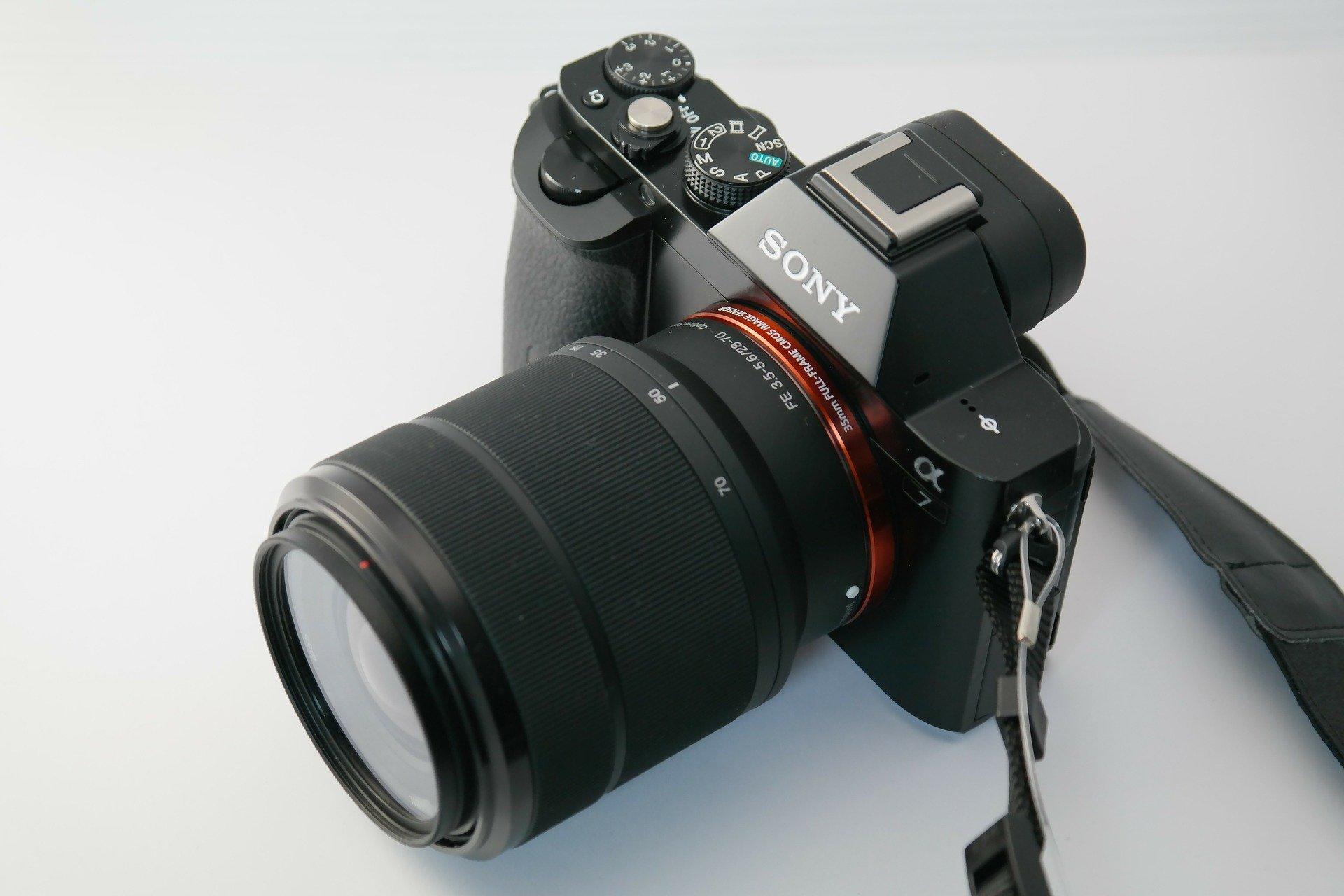
Like hybrid cameras, reflex cameras allow for lenses to be changed. This is good given their small size. Having said that, you could also invest in a microphone because the standard of built in microphones is not great.
Don’t forget to pay attention to image stabilisation and find out whether the make and model that interests you has one that is built in or not. Ensuring that the image is as stable as possible during filming will help a lot during post where camera shake is difficult to fix.
Want to give private lessons?
Join the Superprof community and share your knowledge with inquiring and motivated students.
Filming with Bridge or Compact Cameras
Unfortunately, Bridge Cameras are not the best for filming because lenses cannot be changed and they are quite cumbersome.
If you want to film video on a photography camera, high-end compacts which can shoot 4K and include slow motion are increasingly popular for their quality and small size.
Regarding stabilisation, compact cameras are not the best, but there are accessories that can help. Overall, compacts do not cost as much as reflex or hybrid cameras, but they are able to deliver good-quality footage and images.
Choose the Right Camera for Shooting Video
Choose a camera that suits both your budget and your objectives.
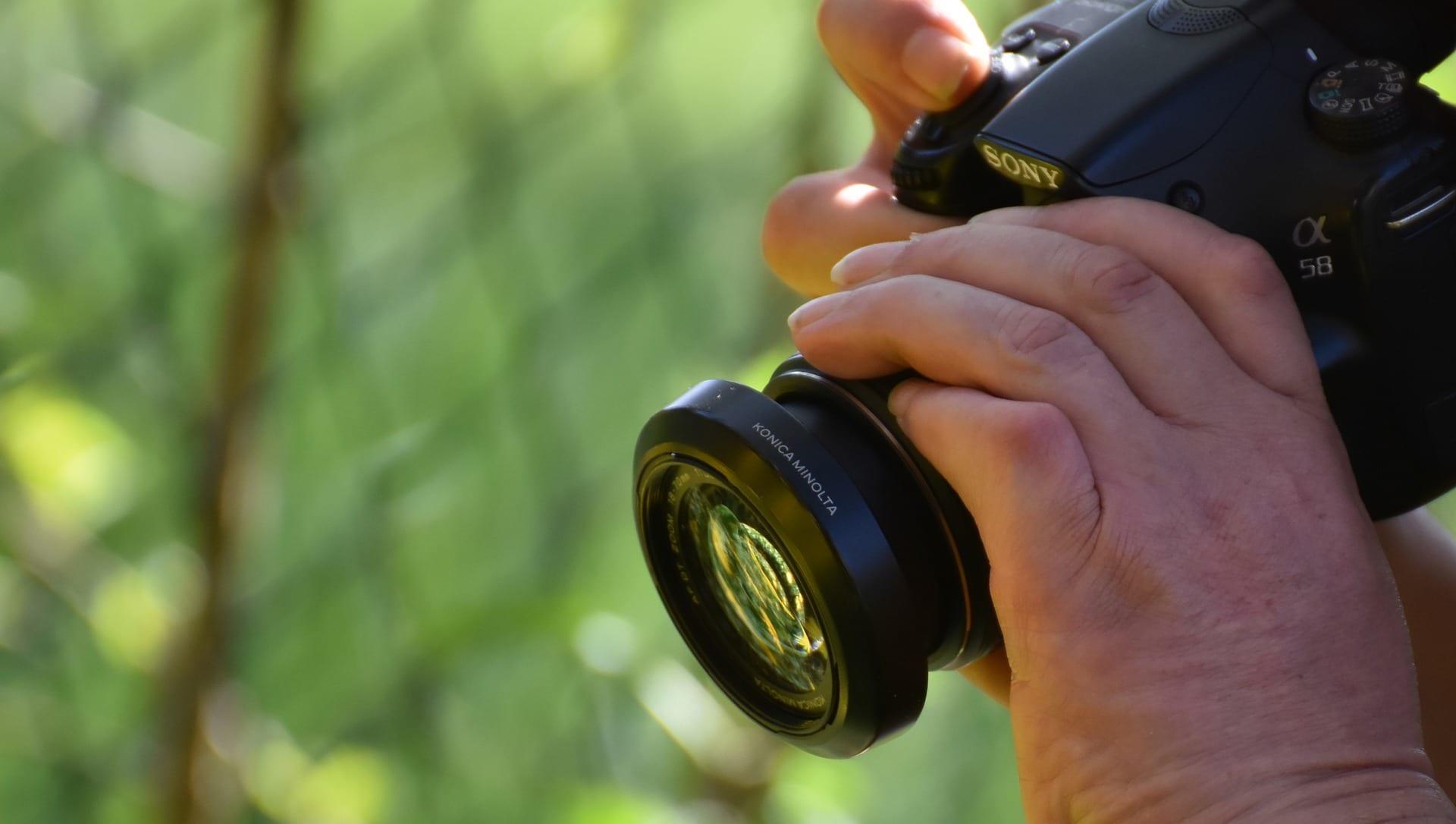
If you simply want great holiday videos, then compacts can do the job. If you want more professional-looking videos, you will need to invest in a reflex or hybrid camera so that you can play around with changing lenses.
Also, consider your style and habits for taking photographs. You could opt for a reflex if you already have several lenses. Take your budget and level into account at the end of the day.
Important Vocabulary for Filming
Here are a couple of terms that you may find useful.
4K
Most cameras can now film in 4K but do not that is not 4096 x 2160 that is used for cinema.
Autofocus
Autofocus happens when the camera does all of the focusing itself. In a nutshell, it works out what you are focusing on and aims to keep it sharp. That said, it is tricky when shooting video which is why most professionals take care of this function manually.
If you would like to learn more about video and film there are many tutors on Superprof who could meet your tutoring needs whether those are in groups or one-on-one, in-person or online. Many private tutors are able to help meet your unique needs and tailor programmes according to your budget.
On Superprof, you could find a tutor who is willing to offer the first session for free and in this way, make sure that they are the right fit for you.
Want to give private lessons?
Join the Superprof community and share your knowledge with inquiring and motivated students.

